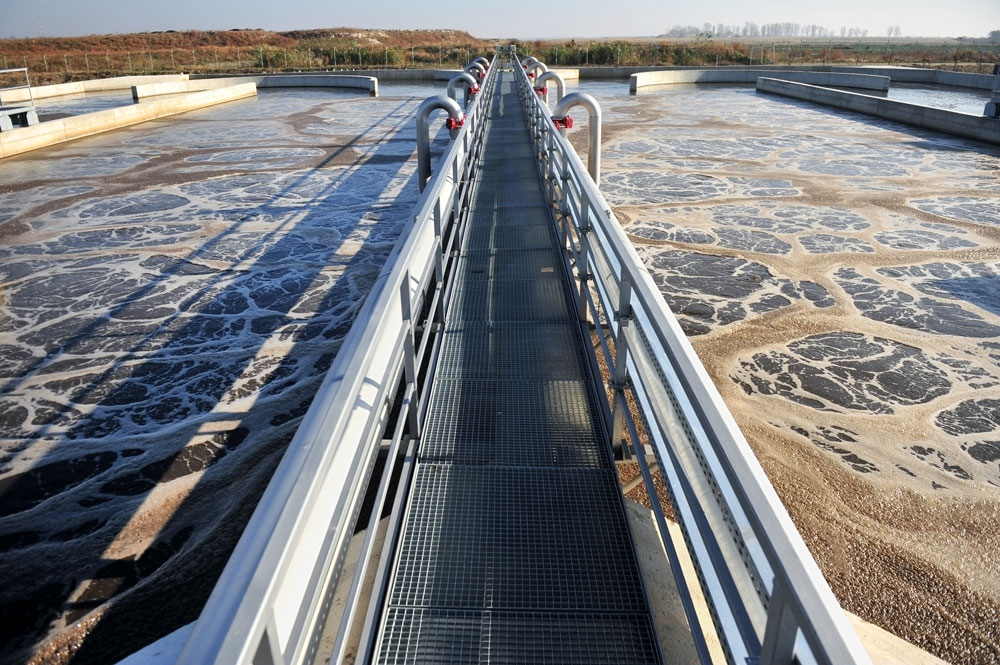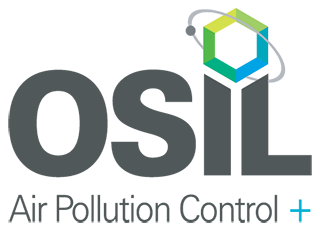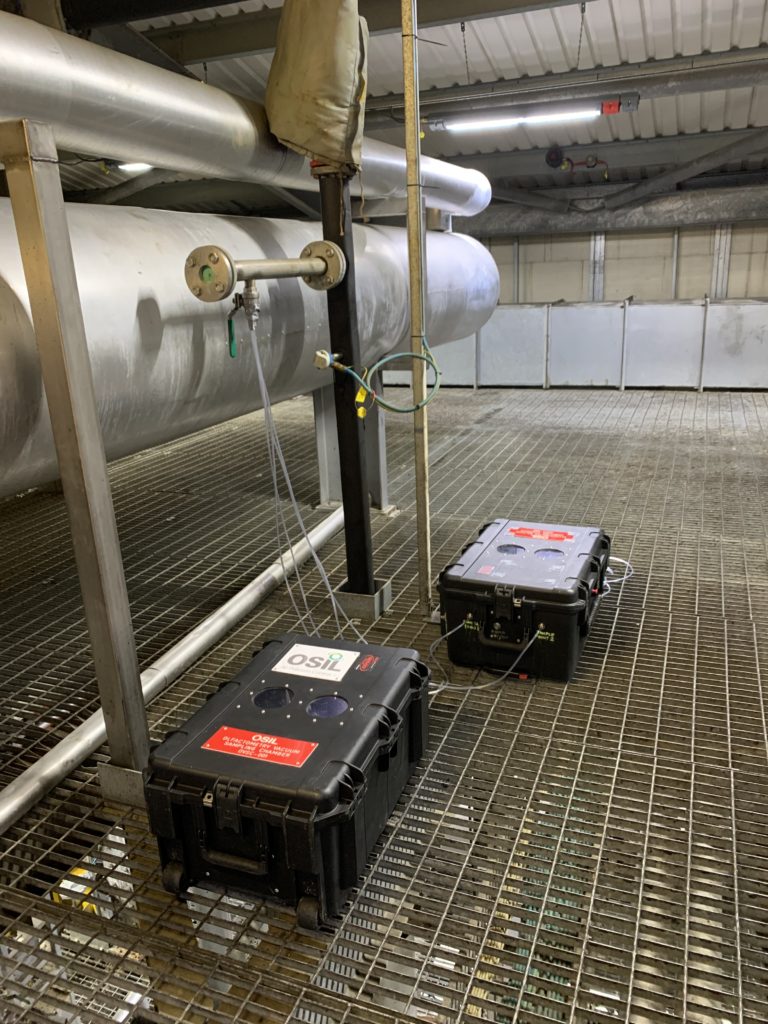
Wastewater treatment plants are treating more wastewater than ever, and processing volumes are growing each year.
As processing volumes grow, treatment works get upgraded or extended, and odour controls should follow suit. However, it is common for a gap to form between wastewater treatment and odour control, creating inefficiencies in the odour removal process.
If your odour control process is not working at its optimal performance, your treatment plant will produce nuisance odours and possibly generate complaints
which could result in legal action.
Odour complaints are a serious matter!
Stricter environmental controls and increased processing volumes mean the encroachment of odours on residential areas is a now severe concern.
Unfortunately, nuisance odours like Hydrogen Sulphide (H2S) generate public complaints because they can impact on people’s lives in the area.
A loss of reputation and souring relationships with residents and other local businesses is possible, not to mention fines from the local council, who can serve an abatement notice if your treatment plant does not address complaints effectively.
Integrated Approach
There is a need for an integrated approach to odour control on wastewater treatment plants to make the processing of odour efficient by design.
What does an integrated approach mean? It means reviewing the odour source, taking the appropriate samples, determining the characterisation, carry out impact assessments, and control techniques to design a totally integrated solution.
The minimisation and abatement of unpleasant odours is a significant challenge for wastewater treatment plants. By taking an integrated approach, you can make sure your odour control process
meets your requirements completely.
Odour monitoring and sampling
Odour monitoring and sampling are crucial for the detection and measuring of essential odour-generating compounds in wastewater treatment emissions.
By collecting this data, we can size and specify odour control solutions that are not only fit for purpose but designed to maximise removal rates.
A simple example is using on-site data loggers to measure the odours produced by different holding tanks. For more complex odours, we might use Gas Chromatography-Mass Spectrometry (GC/MS), which tells us the gas’s molecular components
Odour control technologies
Odour control technologies are systems that physically, chemically, or biologically remove odorous compounds from gaseous air streams.
The right technology depends on how odours are formed in the wastewater treatment process, the source of the odours and their characterisation. These factors also determine the size of the system and the number of treatment stages.
Because wastewater treatment plants produce a complex range of odorous compounds, they sometimes require multiple treatment stages.
For example, odours might pass through a wet scrubber to remove acidic compounds, then a biofilter to remove biodegradable compounds and then a carbon filter as a final polishing stage before venting to the atmosphere.
OdaCompact is an elegant solution with a centralised odour control system offering a two-stage odour control system in a single tower. It combines LavaRok biofiltration with CuCarb Dry Media filters – the biofilter scrubs organic odours while the carbon filter neutralises VOCs and chlorinated compounds, producing a cleansed air stream.
Find out more
Are your wastewater odour control systems working to their optimum? Contact us today to arrange a site survey and for helpful advice from our experts.

